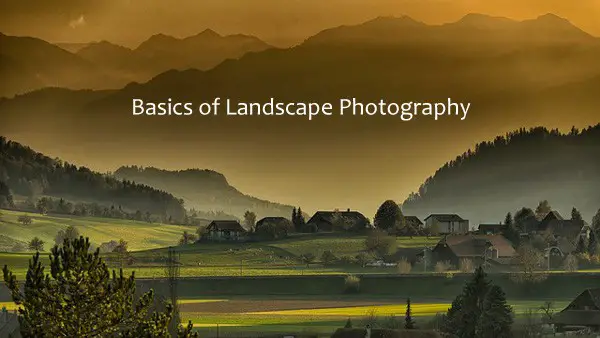Recently we’ve explained some basic equipment terms so today I thought I’d continue with the beginner’s guides and introduce a few basic technical terms, starting with the Big Three:
Shutter Speed. Put in 4-year-old language this is the amount of time the shutter on your camera stays open. It is therefore the length of time the image sensor (in a digital camera) or film (in an old skool camera) is exposed to light.
Photographs are, generally, captured very quickly and so shutter speeds are measured in fractions of a second. The larger the number underneath the 1 (the denominator) the faster the shutter speed.
Moving from one shutter speed to the next halves or doubles the amount of light getting in. Slow shutter speeds can be used to introduce some blurring into a photo (e.g. a blurred background) or used with a tripod to get good night time photos.
Aperture. Again, in 4-year-old language, this is the size of the opening in the lens when you take a photograph. The larger the opening the more light that gets through the lens and “hits”
… Continue reading The Big Three Basics









